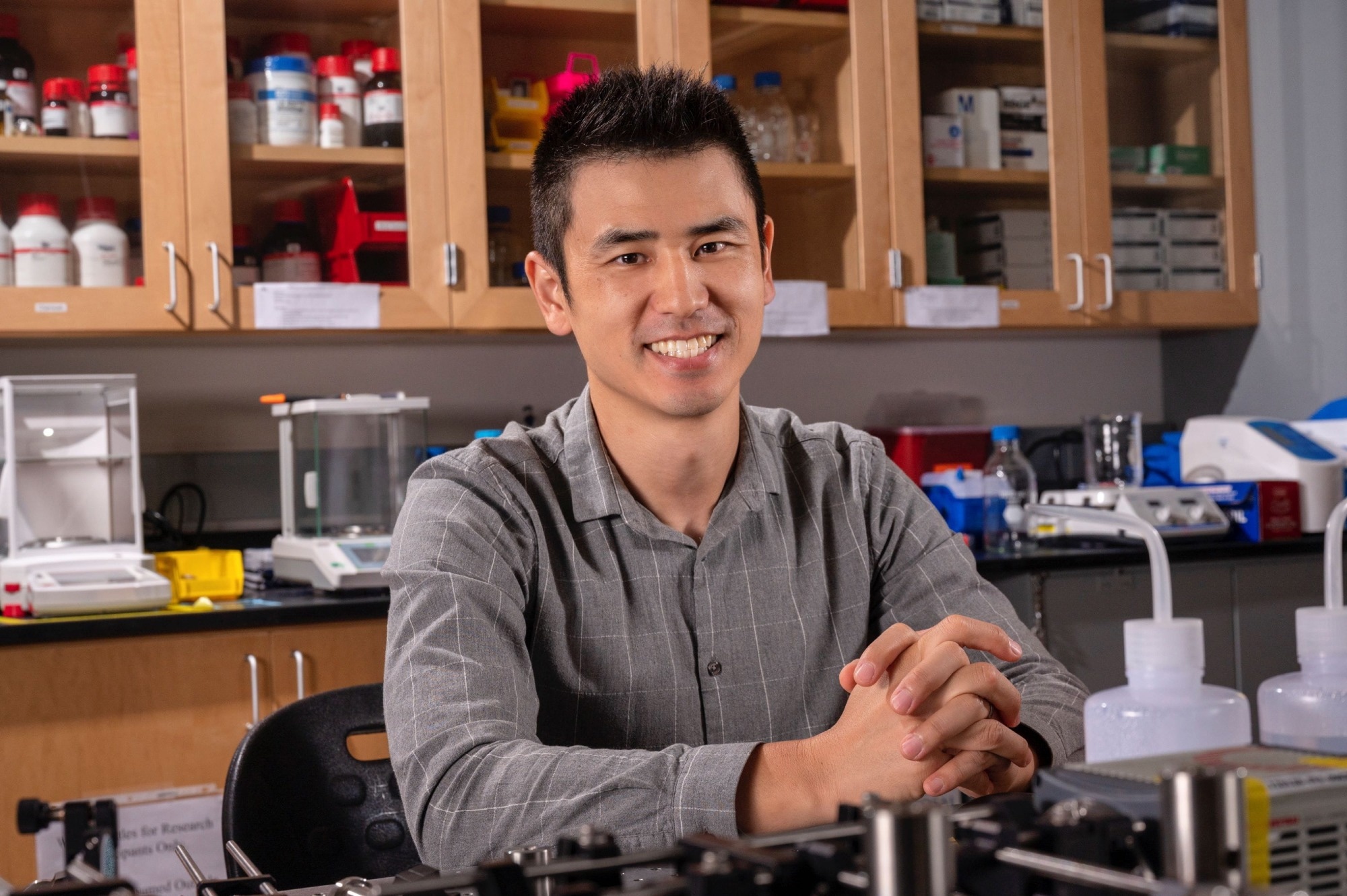Dynamic cell tracking is a fundamental requirement for modeling cellular interactions during organ formation, such as the heart. However, present microscope technology does not meet the expectations of acquiring the movements of cells.
 Juhyun Lee Image Credit: University of Texas at Arlington
Juhyun Lee Image Credit: University of Texas at Arlington
Juhyun Lee, an Associate Professor in the Bioengineering Department at The University of Texas at Arlington, has been awarded a five-year, $1.94 million grant from the National Institutes of Health to create a 4D high-resolution imaging system for precise cell tracking quantification.
Conventional microscopes permit users to zoom in and observe an individual cell, but this focus can obscure the cell's context within its surroundings. Conversely, when the microscope is zoomed out to capture the entire field, intricate cell details become indiscernible.
Lee's system uses microscopy and advanced computational post-processing to offer biomedical scientists advanced imaging tools. The high-resolution microscope is used to zoom in and turn left and right to image an entire field of view. These images are collaged to have the entire view, and an extra scan to generate a 3D model.
We are trying to quantify where each cell will go as the heart develops. The whole idea of this tool is to enable us to see the whole picture in high resolution. Cells that form organs with dynamic motion, like the heart, are fast-moving. Using methods based on the motion and orientation of a cell, we can predict where it will go.
Juhyun Lee, Associate Professor, Bioengineering Department, University of Texas at Arlington
The study concentrates on the development of the heart, and earlier Lee has received several endowments for developing a novel microscope that can capture 3D motion and add time. With this technology, he can create a dynamic 4D representation of a beating heart by employing optical imaging techniques that involve fluorescent nanoparticles in a zebrafish. This advanced microscope will be a central tool in his research funded by the new grant.
Initial cell development can be detected using Lee’s system by developmental biologists, thus enabling the detection of likely anomalies.
The integration of technology and biology is a constant goal in the biomedical engineering field, and Dr. Lee’s work to develop imaging systems that can assist in our knowledge of cell activity and development is at the forefront of that effort.
Michael Cho, Alfred R. Potvin and Janet H. Potvin Endowed Chair in Bioengineering, University of Texas at Arlington.
Source: https://www.uta.edu